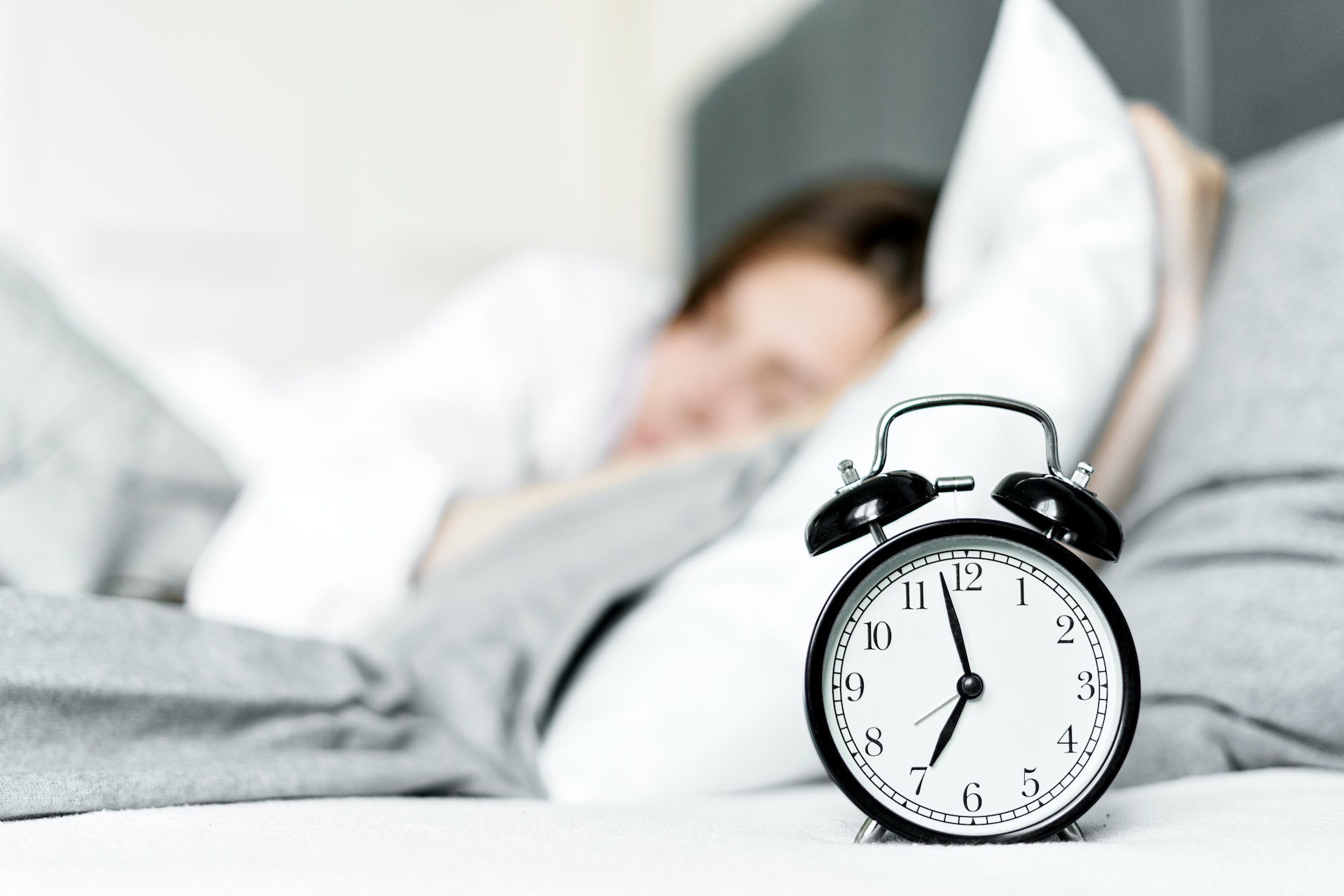Restless Leg Syndrome – What Do We Know About It

Restless Leg Syndrome (RLS) is a neurological disorder that affects millions of people worldwide. It is characterized by an urge to move one’s legs due to uncomfortable sensations, often accompanied by pain or discomfort. Although the exact cause of RLS remains unknown, there are certain lifestyle and medical factors that are believed to contribute to its development. This article will explore what we know about RLS, its symptoms and treatments. We will also discuss how you can manage RLS in order to reduce its impact on your daily life.
What is Restless Leg Syndrome?
Restless leg syndrome (RLS) is a disorder that causes a strong urge to move one’s legs. This urge is usually accompanied by an unpleasant sensation in the legs. RLS can occur at any age, but it is most common in middle-aged and older adults. It affects both sexes, but is more common in women than in men.
There are two types of RLS: primary and secondary. Primary RLS is more common and typically begins gradually, with symptoms getting worse over time. Secondary RLS usually starts suddenly and may be caused by another medical condition, such as iron deficiency or pregnancy.
Most people with RLS have trouble falling asleep and staying asleep. This can lead to fatigue during the day. RLS can also cause mood changes, such as irritability or depression.
There is no cure for RLS, but there are treatments that can help relieve symptoms. These include medication, lifestyle changes, and supplements.
What Causes Restless Leg Syndrome?
It is not fully known what causes restless leg syndrome (RLS), but there are some common theories. It is thought that RLS may be caused by an imbalance of the brain chemical dopamine. Dopamine is a neurotransmitter that helps to send signals between nerve cells. An imbalance of dopamine can cause problems with the way messages are sent and received, which may lead to the feeling of discomfort or pain in the legs.
Another theory is that RLS may be caused by iron deficiency. Iron is needed for the production of dopamine, and low levels of iron can lead to an imbalance in dopamine levels. There are also other potential causes of RLS, such as genetic factors, pregnancy, certain medications, and underlying health conditions.
Who Is at Risk for Developing Restless Leg Syndrome?
There are a variety of factors that can increase an individual’s risk for developing restless leg syndrome (RLS). Age is one such factor, as RLS is more common in adults over the age of 60. Women are also more likely to experience RLS than men. Other risk factors include pregnancy, iron deficiency, and certain chronic health conditions like kidney failure, diabetes, and Parkinson’s disease. Some medications can also trigger RLS symptoms, including antipsychotics, antinausea drugs, and certain antidepressants.
If you have any of these risk factors, it does not mean that you will definitely develop RLS. However, it is important to be aware of the potential link so that you can monitor your symptoms and seek treatment if necessary. If you experience any of the hallmark symptoms of RLS (an irresistible urge to move your legs, accompanied by uncomfortable sensations), be sure to talk to your doctor so that they can rule out other potential causes and determine the best course of treatment for you.
Symptoms of Restless Leg Syndrome
There are a variety of symptoms associated with restless leg syndrome (RLS). The most common symptom is an irresistible urge to move the legs, often accompanied by a tingling or crawling sensation. Other symptoms may include:
• Aching or pain in the legs
• Difficulty falling asleep or staying asleep
• Feeling of fatigue or exhaustion during the day
• Irritability
These symptoms can vary in severity from person to person. They may be mild enough to cause only occasional discomfort, or severe enough to interfere with daily activities and disrupt sleep.
Diagnosis of Restless Leg Syndrome
There are four main criteria used to diagnose restless leg syndrome (RLS):
1. The urge to move the legs, usually accompanied by an uncomfortable sensation, begins or worsens during periods of inactivity such as lying down or sitting.
2. The urge to move the legs is relieved by movement such as walking or stretching.
3. The urge to move the legs is worse in the evening or at night than during the day.
4. The symptoms of RLS interfere with daily activities and sleep.
Treatment for Restless Leg Syndrome
There are a number of treatments for restless leg syndrome (RLS). Some people find relief with over-the-counter medications, such as iron supplements or dopaminergic drugs. Others may need prescription medication, such as anticonvulsants, to control their symptoms. In some cases, lifestyle changes, such as exercising regularly or avoiding caffeine and alcohol, can help.
For many people with RLS, the best way to relieve symptoms is to take regular breaks during the day to move around and stretch. Taking a warm bath before bedtime can also help relax the muscles and ease symptoms. Adjusting your sleep habits, such as going to bed and waking up at the same time each day, can also help.
Living with Restless Leg Syndrome
If you have restless leg syndrome (RLS), you know how it can feel. An uncontrollable urge to move your legs, often accompanied by a tingling sensation. The feeling is hard to describe, but if you have RLS, you know it well. It can happen when you’re lying down or sitting for long periods of time. And it can be worse at night, making it hard to fall asleep or stay asleep.
There is no cure for RLS, but there are treatments that can help relieve the symptoms. If you have RLS, it’s important to work with your doctor to find a treatment that works for you.
There are a number of things you can do on your own to help ease the symptoms of RLS:
• Get regular exercise. Exercise can help reduce the frequency and severity of RLS symptoms.
• Avoid caffeine and alcohol. Both substances can make RLS symptoms worse.
• Stretch and massage your legs before bedtime. This may help relieve some of the nighttime discomfort associated with RLS.
• Apply heat or cold to your legs. Sometimes heat or cold applied directly to the legs can help relieve symptoms temporarily.
Restless Leg Syndrome is a serious and often misunderstood disorder that can have a significant impact on an individual’s physical and emotional health. While the causes of RLS are still largely unknown, there are many treatments available to help those who struggle with it manage their symptoms. Understanding what Restless Leg Syndrome is, how it affects individuals, and potential treatment options can help those living with this condition find relief from its uncomfortable symptoms.
Warning: this article does not constitute either medical or any other type of advice. The article contains the author’s personal opinion and personal conclusions and observations. If you have problems with sleep or are interested in other issues related to it, it is better to consult your doctor.









